It’s pretty much impossible to imagine what our understanding of Yukon’s history would have been if not for Jim Robb. How colourless might our view of post-war Yukon be, without characters like “Wigwam” Harry Fleck, Andy Hooper and James D. Richards, AKA Buzz Saw Jimmy?
Jim Robb turns 88 this year. For 66 of those years, he’s lived in the Yukon. He worked a few jobs until one day in 1957. Someone put a quarter in a jukebox at the White Pass Hotel restaurant called The Grill. Wigwam Harry “came out of nowhere” and started to dance. That’s what “sparked” Jim Robb to begin his decades-long project to capture “the Yukon’s greatest treasure: her colourful characters and exceptionally fine people.”
In other words, what we all know as “the Colourful Five Per Cent.” A lot of these folks are from a bygone era, and many of them dwelled in Whitehorse’s squatter areas—Whisky Flats, Moccasin Flats, Sleepy Hollow. Just as he loves to capture the people, Robb has recreated these vanished neighbourhoods over and over again.
How does one qualify to be part of the Colourful Five Per Cent? The word Robb uses most to describe these rare humans is “interesting.” They march to the beat of their own drummer. I speculate that, as time goes by, there must be a smaller pool to draw from. Robb agrees, but also assures me that he’s still finding subjects.
“There’s always up and coming interesting people,” he says.
“A lot of them now are wearing metal in their mouths and tattoos on their behinds,” he says, laughing.
Over the years, Robb has portrayed dozens of people, using charcoal on moose skin and watercolour on paper. Robb is also a prolific photographer. He would take his $12 camera to Whisky Flats to document the lives there. He preferred black and white photography, and his portraits are especially strong.
“I seem to know how to take people pictures,” he says, “Maybe because I know the subject pretty well.”
Jim Robb is, above else, interested in all kinds of people and their stories. He’s documented individuals that others might overlook.
“I love the people,” Robb says. “The thing is, we’ve got some really wonderful people [who] the average person wouldn’t really figure out. Like, I talk to everybody. I don’t care if they’re on the street broke or in bad shape… Some of their faces tell a story, that’s one of the reasons I take a lot of people pictures. You’ll see it in my work.”
Robb’s buildings have almost as much character as his people. He continues to pay tribute to the squatter areas, of which there are just a few remnants left on the Whitehorse waterfront. His famous artistic style, dubbed the “exaggerated truth,” features lopsided structures with bent-over stovepipes, and was derived from leaning buildings in Dawson. In an interview Robb did with the Yukon Film Society in 2014, he uses the word “romantic” to describe the ramshackle squatter cabins of the past.
This term does not apply to contemporary Whitehorse architecture, which Robb seldom portrays. However, in a recent work called “From Outhouses to Condos,” Robb compares the romance of past housing versus the metal dwellings of the present. Pale, multi-level condos linger listlessly behind rustic, animated wooden cabins, a log skyscraper, clotheslines and outhouses.
When I ask Robb what he’s proud of, he doesn’t respond with his 2003 Order of Canada, as I expect. Instead he says he is proud of this recent work, “From Outhouses to Condos.”
This suggests that Robb is not resting on his laurels, but rather is looking ahead and exploring new techniques and new materials.
Many years ago, Robb had the original idea to draw portraits with charcoal on moose skin which were stretched on snowshoes for him by Harry and Annie Silverfox and their son, Billy. These days, he’s experimenting with watercolours on wood with great success. He found large cross-sections of wood from Rustic North in Marwell and is now using them as a painting surface.
He shows me a piece called “Blueberry Hill, Whisky Flats.” The knots, natural colours and rings in the wood serve as the perfect background for Robb’s meandering cabins. He says the piece is destined for a local bar. This is fitting, since Robb’s earliest commissions involved painting murals and drawings for bars including the Taku Hotel and the Rainbow Lounge in the Whitehorse Inn.
Another recent exploration for Robb is using vintage doors to frame his prints. He shows me an example hanging in the Ravens Inn’s Railwork Lounge. The print is a collaborative work he did with Chris Caldwell. It features the inside of an old cabin on El Dorado Creek. Robb painted the piece based on an actual cabin. Caldwell contributed a drawing of a miner’s skeleton.
Another memorable collaboration that Robb was involved in is the book Their Own Yukon, a compilation of images collected from numerous Indigenous individuals, from Robb himself, and other sources. Robb worked with anthropologist, Julie Cruikshank, to produce the publication, which was reprinted a few years ago.
“We hitchhiked all over the Yukon,” Robb says. “She [Cruikshank] didn’t know anyone, so I introduced her to elders and stuff. She became great friends with people like that. Angela Sidney and people like that.
“I keep in touch with her, she’s a great lady. First Nations really loved her.”
When I remark to Robb that he is probably one of the Yukon’s most popular artists, he shrugs it off. He mentions other artists whose work he admires and collects, including Ray Ladue, Halin de Repentigny and Nathalie Parenteau.
Still, I insist, his work is well-known and loved by several generations of Yukoners. He admits that some younger people seek selfies with him.
“I have young people coming [saying] ‘Can I get my picture with you?’” Robb says, amused. “I say to myself ‘What the hell?’ They like what I do I guess.”
I also mention a CBC story about a young woman who has a Jim Robb work tattooed on her back.
“I don’t push that kind of thing, but it’s a walking advertisement,” he responds, laughing.
Thanks to his popularity, Robb has never had to promote himself. This gives him more time to make daily rounds of cafés and bars, to work on his art, and to add to his collection of artifacts. He’s amassed quite a number of items over the years and places great value in the collection.
He also sees great promise in the work of other Yukon visual and film artists, who give him hope for the future.
“We have a wonderful creative community,” he says.
Robb has been a part of that community for over six decades. His unwavering commitment to the Colourful Five Per Cent and his familiar, quirky artistic style have won him fans of all ages. Just like the “colourful characters and exceptionally fine individuals” he pays tribute to, Jim Robb is a beloved territorial treasure.
A reprint of the first volume of Jim Robb’s series of publications, The Colourful Five Per Cent, can be found at North End Gallery in Horwoods Mall, Whitehorse.

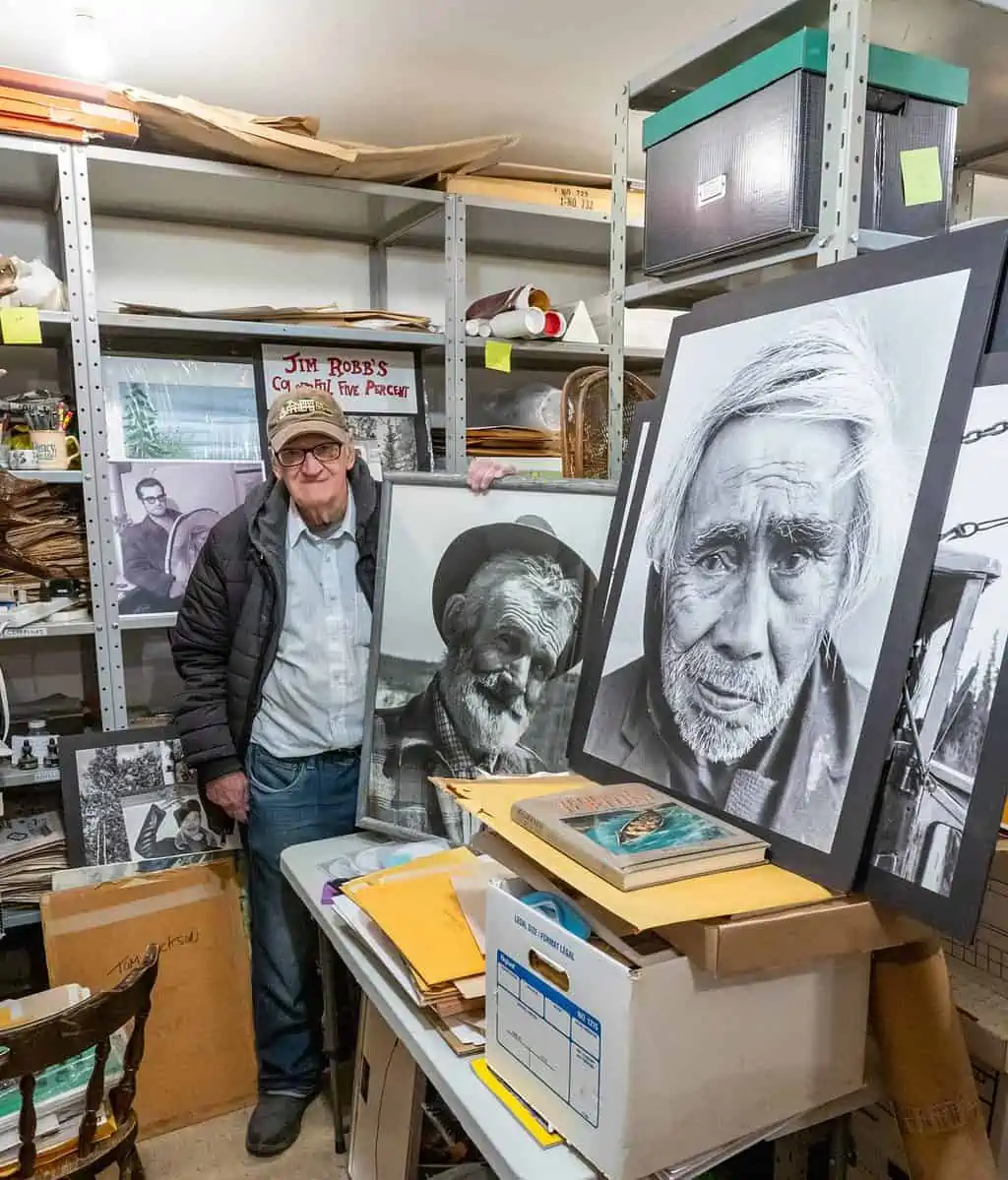
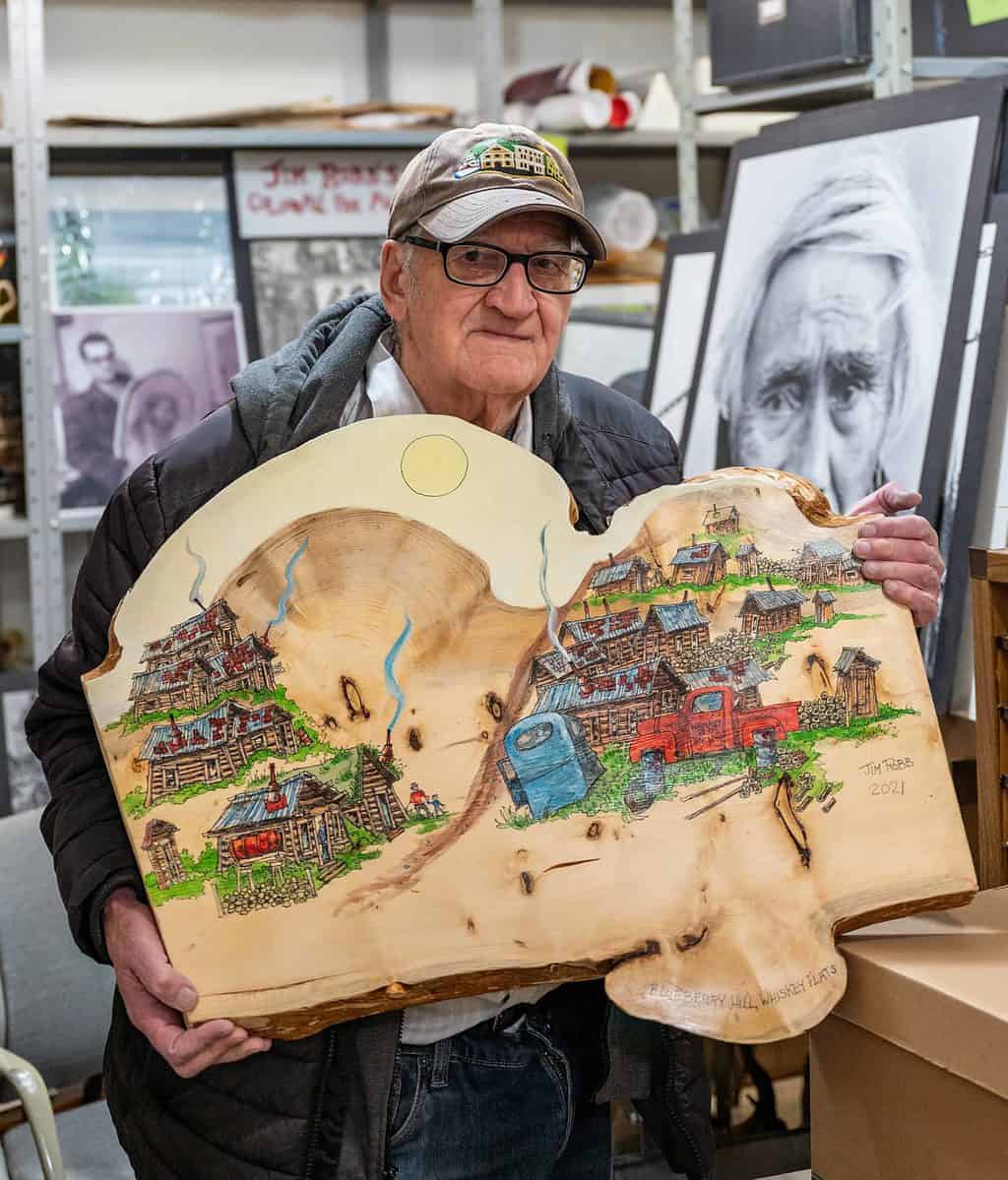
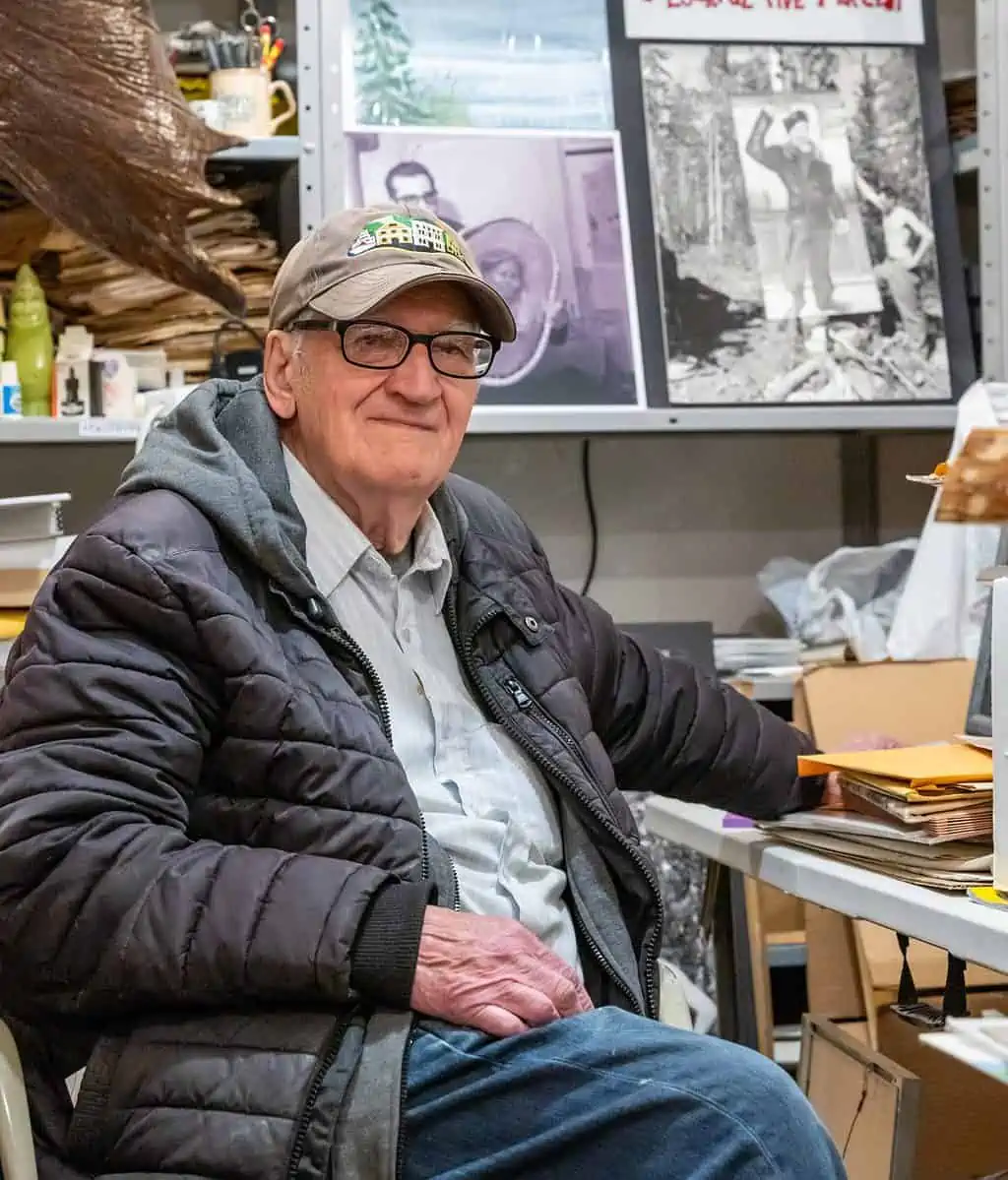
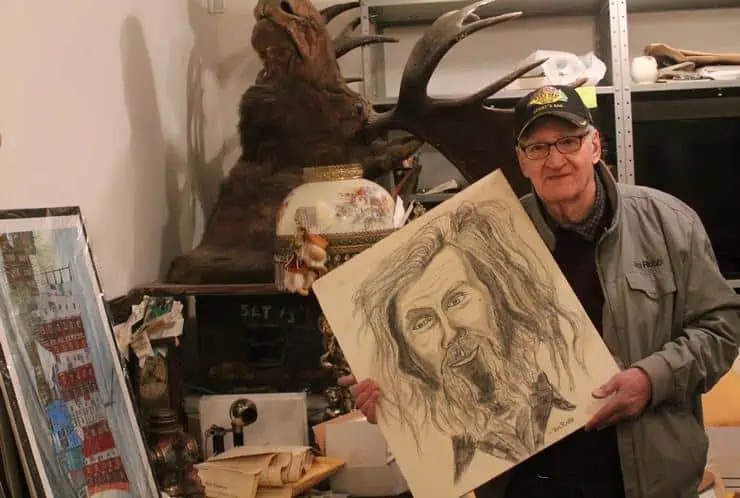
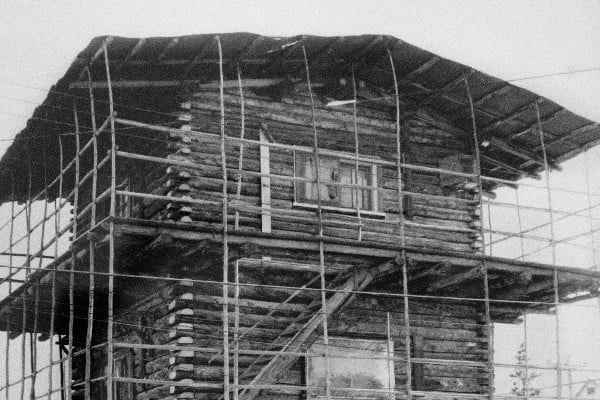
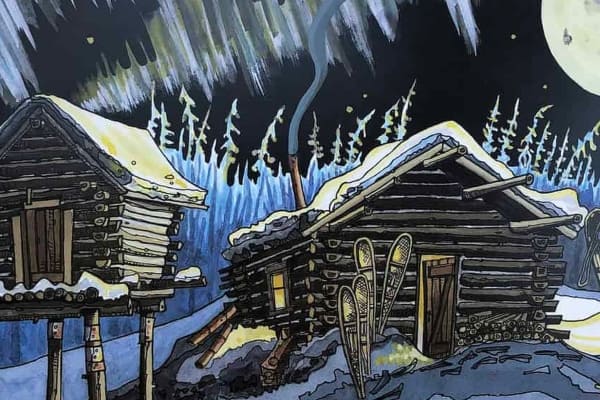
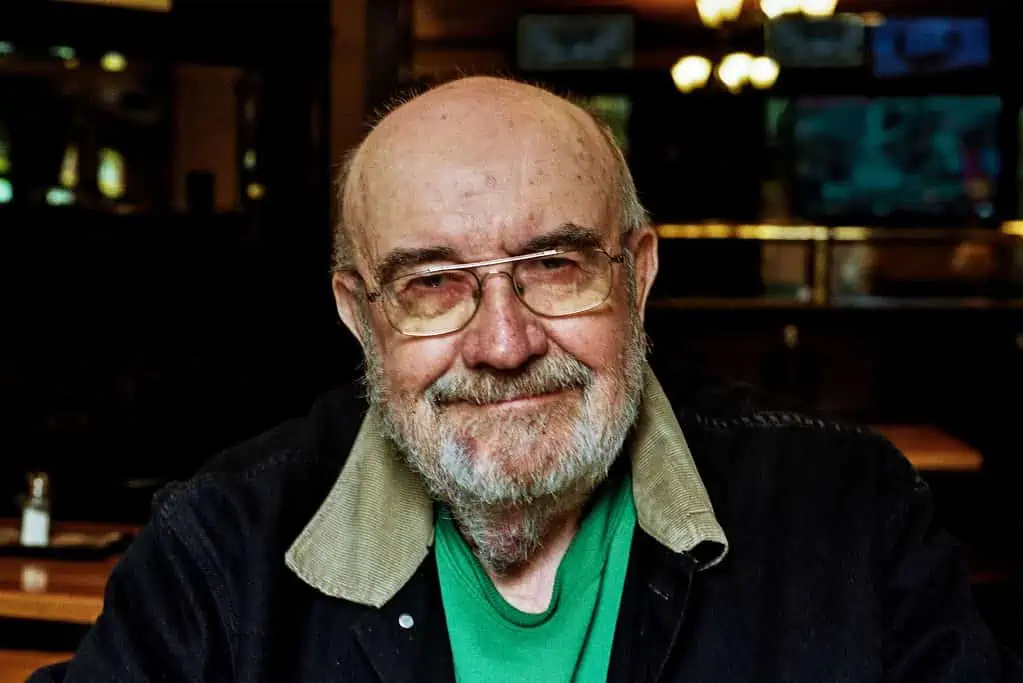
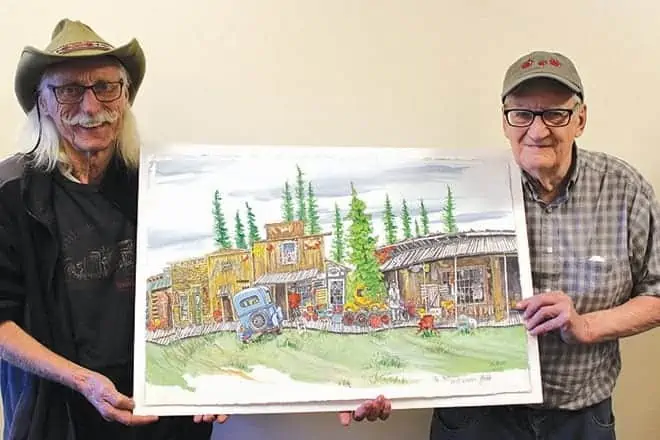
5
4.5